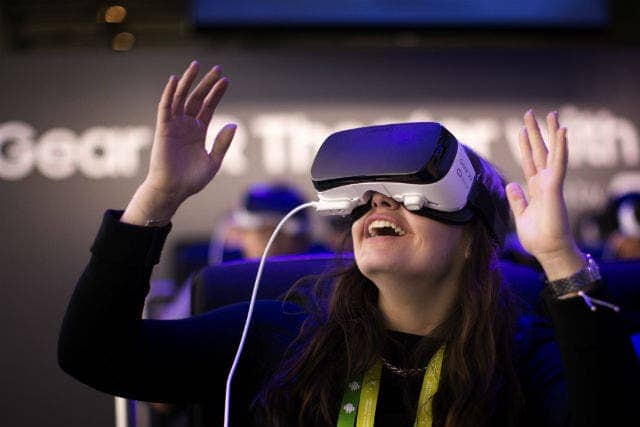Show of hands, who here doesn’t sometimes long for the good old days when you would play in the sandbox or at the beach, building mighty castles, sculpting awesome cities and raising mounds that would make the Misty Mountains look like mellow hills?
Powered by Ge-Force GTX 750 Ti and OpenGL, the Augmented Reality Sandbox comes to bring back that supreme childhood fantasy only better – because it has technology.
The ARS lets users sculpt mountains, canyons and rivers, then fill them with water or even create erupting volcanoes.
The device was built by Glen Glesener and others at the Modeling and Educational Demonstrations Laboratory at the UCLA’s Department of Earth, Planetary, and Space Sciences, using off-the-shelf parts and regular playground sand.
Shapes made in the sand are detected by a Xbox Kinect sensor and processed through open-source software, and projected back on the table as a color-coded map.
Valleys are filled with water, and the liquid flows over the surface with realism, flowing over hillsides and mountain flanks, and coming to rest with glorious, computer calculated inertia.
The Augmented Reality Sandbox is mobile and can be set up in any classroom, allowing students and teachers to see their creations come to life with color and motion, to study geographical structures and weather phenomena in real time.






